Home>Furniture & Design>Interior Design Trends>How Do You Paint Glass


Interior Design Trends
How Do You Paint Glass
Modified: April 22, 2024
Discover the latest interior design trends for painting glass surfaces and elevate your space with a modern and stylish touch. Learn how to paint glass like a pro with our expert tips and techniques.
(Many of the links in this article redirect to a specific reviewed product. Your purchase of these products through affiliate links helps to generate commission for Storables.com, at no extra cost. Learn more)
Introduction
Painting glass can be a fantastic way to add a personal touch to your home decor. Whether you want to revamp old glassware, create custom decorations, or add a unique flair to your windows, painting glass offers a world of creative possibilities. However, achieving a flawless and long-lasting finish on glass surfaces requires a combination of the right techniques, materials, and a touch of creativity.
When it comes to painting glass, it's essential to understand that not all paints are created equal. Glass is a non-porous and smooth surface, which means that not all paints will adhere to it effectively. Therefore, choosing the right type of paint specifically formulated for glass is crucial to ensure a durable and professional-looking result.
In addition to selecting the appropriate paint, proper surface preparation is key to achieving a flawless finish. Unlike painting on traditional surfaces like wood or drywall, glass requires specific cleaning and priming to ensure that the paint adheres properly and resists chipping or peeling over time.
Furthermore, understanding the curing and sealing process is essential for preserving the longevity and vibrancy of the painted glass. Curing the paint allows it to bond securely to the glass surface, while sealing helps protect the paint from scratches, moisture, and fading.
In this comprehensive guide, we will delve into the intricacies of painting glass, from understanding the surface properties to choosing the right paint, preparing the glass, applying the paint, and finally, curing and sealing the finished product. By following these steps and incorporating your creativity, you can transform ordinary glass items into stunning works of art that will elevate the aesthetic appeal of your living space. So, let's embark on this creative journey and unlock the secrets to painting glass with finesse and flair.
Key Takeaways:
- Unleash Your Creativity: Painting glass offers endless possibilities to add a personal touch to your home decor. Choose the right paint, prepare the surface, and apply with precision to transform ordinary glass into stunning works of art.
- Preserve Your Masterpiece: Curing and sealing the painted glass ensures durability and longevity. Follow the process carefully to protect your artistic creation from wear, moisture, and fading, allowing it to adorn your living space for years to come.
Read more: How To Do Glass Painting
Understanding the Surface
Before embarking on a glass painting project, it's crucial to comprehend the unique properties of the glass surface. Unlike porous materials such as wood or fabric, glass is non-absorbent and exceptionally smooth. This non-porous nature presents both challenges and opportunities when it comes to painting.
The smoothness of glass poses a significant challenge for paint adhesion. Traditional paints may struggle to bond effectively with the glass surface, leading to issues such as peeling, chipping, or flaking over time. Understanding this fundamental characteristic of glass is the first step in achieving a successful glass painting endeavor.
Moreover, the transparency of glass adds another layer of complexity to the painting process. Unlike opaque surfaces, any imperfections or uneven application of paint on glass can be glaringly apparent. This means that achieving a flawless, streak-free finish requires meticulous attention to detail and precision.
Furthermore, the durability of glass presents an advantage in terms of the longevity of the painted design. Once properly painted and sealed, glass items can withstand regular handling, making them ideal for functional and decorative purposes.
In essence, comprehending the surface of glass is essential for selecting the right materials and techniques to ensure a professional and enduring result. By acknowledging the non-porous, smooth, and transparent nature of glass, you can tailor your approach to painting, ultimately unlocking the potential to transform ordinary glass items into captivating works of art.
Choosing the Right Paint
Selecting the appropriate paint is a critical step in ensuring the success of your glass painting project. Unlike conventional paints designed for porous surfaces, such as walls or canvas, glass-specific paints are formulated to adhere effectively to the non-porous and smooth nature of glass.
When choosing the right paint for glass, it's essential to opt for paints specifically labeled for use on glass surfaces. These paints are typically acrylic-based and are designed to create a strong bond with the glass, ensuring long-lasting adhesion and resistance to chipping or peeling. Additionally, glass paints often feature a translucent or opaque finish, allowing for versatile application techniques to achieve various visual effects.
One of the key considerations when selecting glass paint is its compatibility with the desired painting technique. For instance, if you intend to create intricate designs or fine details, using paint markers or pens formulated for glass can provide precise control and seamless application. On the other hand, if you aim to achieve a translucent or stained glass effect, opting for transparent glass paints can yield stunning results.
Furthermore, the color range offered by glass paints is a crucial factor to consider. Whether you prefer vibrant and bold hues or subtle, translucent tones, choosing a paint set with a diverse color palette enables you to unleash your creativity and bring your artistic vision to life. Additionally, some glass paints are designed to create special effects, such as iridescence or metallic finishes, adding an extra dimension to your painted glass creations.
In addition to the type and color of the paint, considering its durability and resistance to environmental factors is paramount. Look for glass paints that offer UV resistance, ensuring that the colors remain vibrant and fade-resistant, especially for glass items exposed to sunlight. Furthermore, opt for paints that are dishwasher-safe if you intend to paint glassware or other functional items, ensuring that the painted designs withstand regular use and washing.
By carefully selecting the right paint for your glass painting project, you can lay the foundation for a successful and visually stunning outcome. With a myriad of glass paint options available, tailored to different techniques, color preferences, and durability requirements, you can embark on your glass painting journey with confidence and creativity.
Preparing the Glass
Preparing the glass surface is a crucial step that sets the stage for a successful and enduring paint application. Properly preparing the glass ensures that the paint adheres effectively, creating a durable and professional-looking finish. The following steps outline the essential aspects of preparing the glass for painting:
-
Cleaning the Surface: Before applying any paint, it is imperative to thoroughly clean the glass surface to remove any dust, dirt, or residues. Use a gentle glass cleaner or a solution of water and vinegar to ensure that the glass is free from any contaminants that could hinder paint adhesion. Additionally, wiping the glass with rubbing alcohol can further eliminate any remaining grease or fingerprints, providing a pristine surface for painting.
-
Surface Priming: While some glass paints may claim to adhere without the need for priming, using a glass primer can significantly enhance the paint's adhesion and durability. Choose a high-quality glass primer specifically formulated for use with glass paints. Apply a thin, even coat of primer to the cleaned glass surface and allow it to dry completely before proceeding with the paint application.
-
Creating a Base Coat: Depending on the desired outcome, applying a base coat of paint can provide a foundation for the subsequent layers of color. A base coat can help enhance the vibrancy and opacity of the final design, especially when working with translucent or transparent glass paints. Select a color that complements your intended design and apply it evenly across the primed glass surface, ensuring complete coverage.
-
Masking and Stenciling: If your design involves specific patterns or areas that require precise application, using masking tape or stencils can aid in achieving clean and sharp edges. Carefully apply masking tape to delineate the areas where paint will be applied, or use stencils to create intricate designs. This meticulous approach ensures that the paint is applied only to the intended areas, resulting in a polished and professional finish.
By meticulously preparing the glass surface through thorough cleaning, appropriate priming, base coat application, and precision techniques, you can establish the ideal foundation for a successful glass painting endeavor. These preparatory steps not only facilitate optimal paint adhesion but also contribute to the overall longevity and visual impact of the finished painted glass piece.
To paint glass, clean the surface with rubbing alcohol, use a primer made for glass, and apply thin coats of glass paint for even coverage. Allow each coat to dry completely before adding the next.
Applying the Paint
Once the glass surface is meticulously prepared, the next pivotal phase in the glass painting process is the application of the paint. This stage offers an opportunity to unleash creativity and precision, bringing the envisioned design to life with vibrant colors and intricate details. The following steps outline the essential aspects of applying paint to glass:
-
Brush Application: When using traditional glass paint, employing high-quality, soft-bristled brushes is essential for achieving smooth and even coverage. Select brushes of varying sizes to accommodate different areas of the design, ensuring that fine details and broader strokes can be executed with precision. Begin by loading the brush with an ample amount of paint, then apply it to the glass surface using gentle, consistent strokes. Maintaining a steady hand and applying the paint in thin layers helps prevent streaking and promotes optimal adhesion.
-
Paint Markers and Pens: For designs requiring intricate details or precise linework, utilizing glass paint markers or pens offers unparalleled control and accuracy. These specialized tools allow for fine lines, delicate patterns, and intricate embellishments to be effortlessly applied to the glass surface. Whether outlining shapes, adding fine details, or creating intricate motifs, paint markers and pens provide a seamless and controlled approach to achieving intricate designs with impeccable clarity.
-
Layering and Blending: Experimenting with layering and blending techniques can yield captivating visual effects and depth in the painted design. By applying multiple layers of translucent or opaque paints, a sense of dimension and richness can be achieved. Additionally, blending different colors directly on the glass surface can create seamless transitions and captivating gradients, adding a dynamic and artistic flair to the painted glass piece.
-
Specialized Techniques: Exploring specialized techniques such as sponging, stippling, or splattering can introduce texture and visual interest to the painted glass. These techniques offer a unique way to create captivating backgrounds, add visual depth, or incorporate dynamic patterns. By embracing these unconventional approaches, the painted glass piece can exude a distinctive and artistic allure, elevating its visual impact.
-
Precision and Patience: Throughout the paint application process, exercising precision and patience is paramount. Taking the time to ensure even coverage, clean lines, and meticulous detailing contributes to a polished and professional outcome. Embracing a methodical and patient approach allows the painted design to unfold with finesse, resulting in a visually striking and enduring creation.
By embracing these techniques and approaches, the application of paint to glass becomes a captivating and rewarding endeavor. Whether employing traditional brush application, utilizing specialized markers and pens, experimenting with layering and blending, exploring specialized techniques, or exercising precision and patience, the process of applying paint to glass offers a canvas for artistic expression and creativity, culminating in a visually stunning and enduring work of art.
Read more: What Kind Of Paint Do You Use On Glass
Curing and Sealing the Paint
Curing and sealing the painted glass is a critical phase that ensures the longevity, durability, and vibrancy of the finished piece. This essential process not only enhances the adhesion of the paint to the glass surface but also provides protection against wear, moisture, and fading, ultimately preserving the visual impact of the painted design.
Curing the Paint
Curing the paint involves allowing it to dry and bond securely to the glass surface, creating a resilient and enduring finish. The curing time and method may vary depending on the type of glass paint used. Typically, air-dry glass paints require a curing period ranging from 21 to 28 days to achieve maximum adhesion and durability. During this curing phase, it is essential to handle the painted glass piece with care to prevent any damage to the freshly applied paint. Additionally, positioning the glass item in a well-ventilated area away from direct sunlight and extreme temperatures facilitates the curing process, ensuring that the paint sets and adheres optimally.
For heat-set glass paints, curing involves subjecting the painted glass to a specific temperature for a designated duration, typically in a household oven. This controlled heat application allows the paint to cure rapidly, forming a robust bond with the glass surface. Following the manufacturer's instructions regarding the recommended temperature and duration is crucial to ensure the effective curing of the paint. Once cured, the glass item can be handled and displayed with confidence, knowing that the paint has securely adhered to the surface, ready to withstand the test of time.
Sealing the Paint
Sealing the painted glass serves as a protective barrier, safeguarding the design against scratches, moisture, and UV exposure. Utilizing a high-quality glass sealant or varnish designed specifically for painted glass surfaces is essential to ensure optimal protection and longevity. The sealant not only shields the painted design from physical abrasion but also enhances its resistance to environmental factors, such as humidity and sunlight.
When applying the sealant, it is crucial to do so in a well-ventilated area, following the manufacturer's guidelines regarding the number of coats and drying times. A smooth, even application of the sealant ensures comprehensive coverage and uniform protection across the painted surface. Once the sealant has dried and cured according to the specified duration, the painted glass piece is fortified with a durable and protective finish, ready to adorn your living space with enduring beauty.
By meticulously adhering to the curing and sealing processes, the painted glass piece is fortified with resilience and longevity, ensuring that the artistic expression captured on the glass surface remains vibrant and captivating for years to come. Embracing these essential steps not only enhances the durability of the painted glass but also elevates its visual allure, making it a cherished and enduring addition to your home decor.
Frequently Asked Questions about How Do You Paint Glass
Was this page helpful?
At Storables.com, we guarantee accurate and reliable information. Our content, validated by Expert Board Contributors, is crafted following stringent Editorial Policies. We're committed to providing you with well-researched, expert-backed insights for all your informational needs.
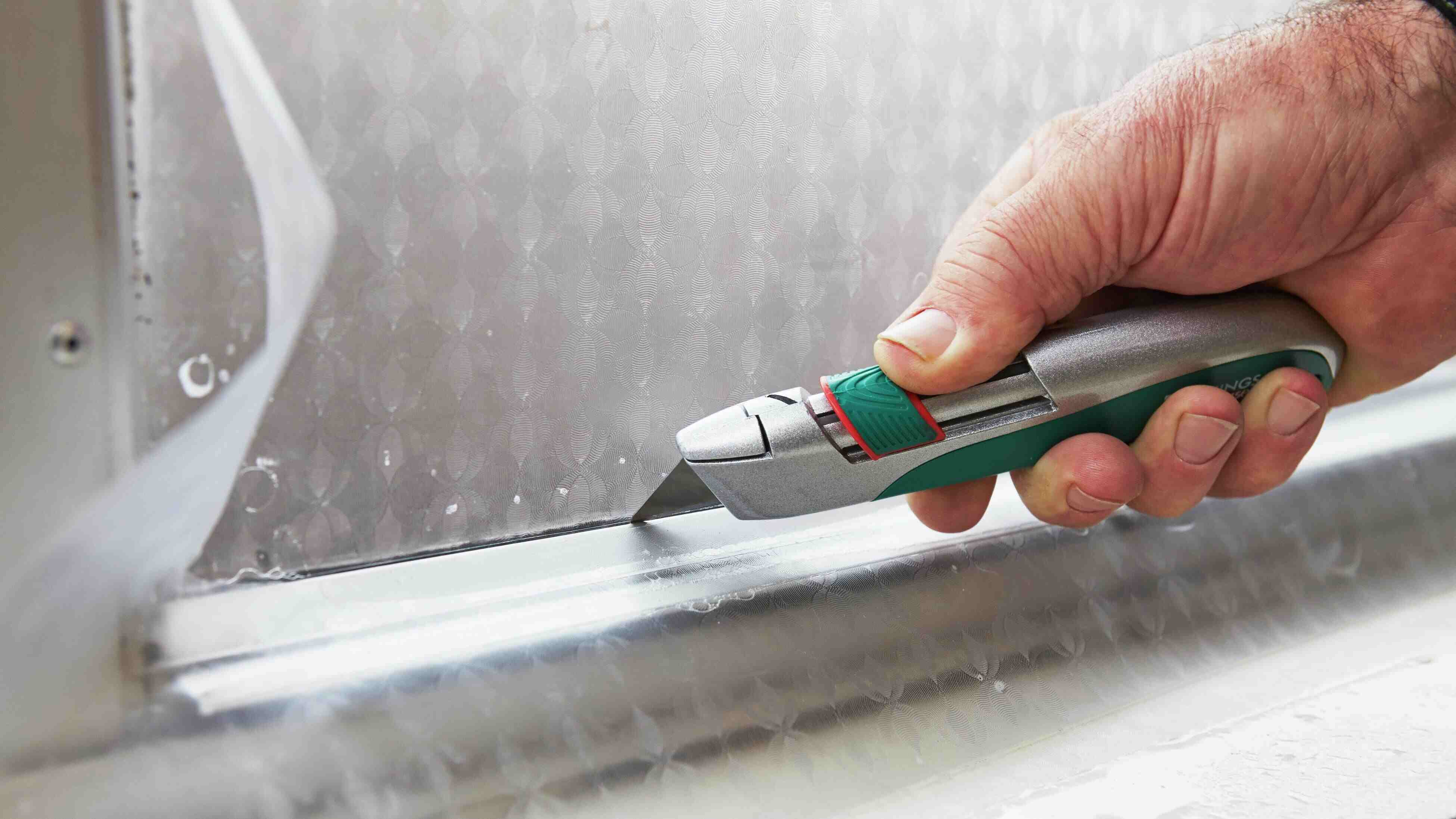
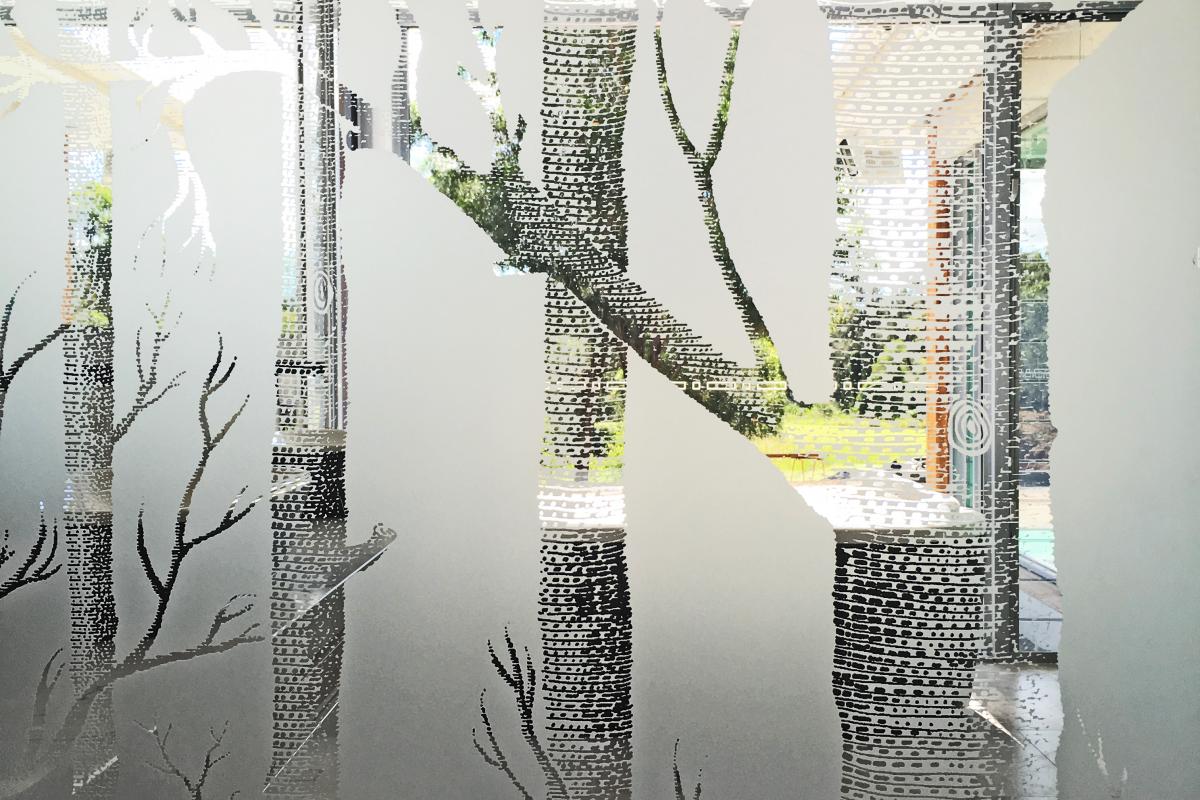
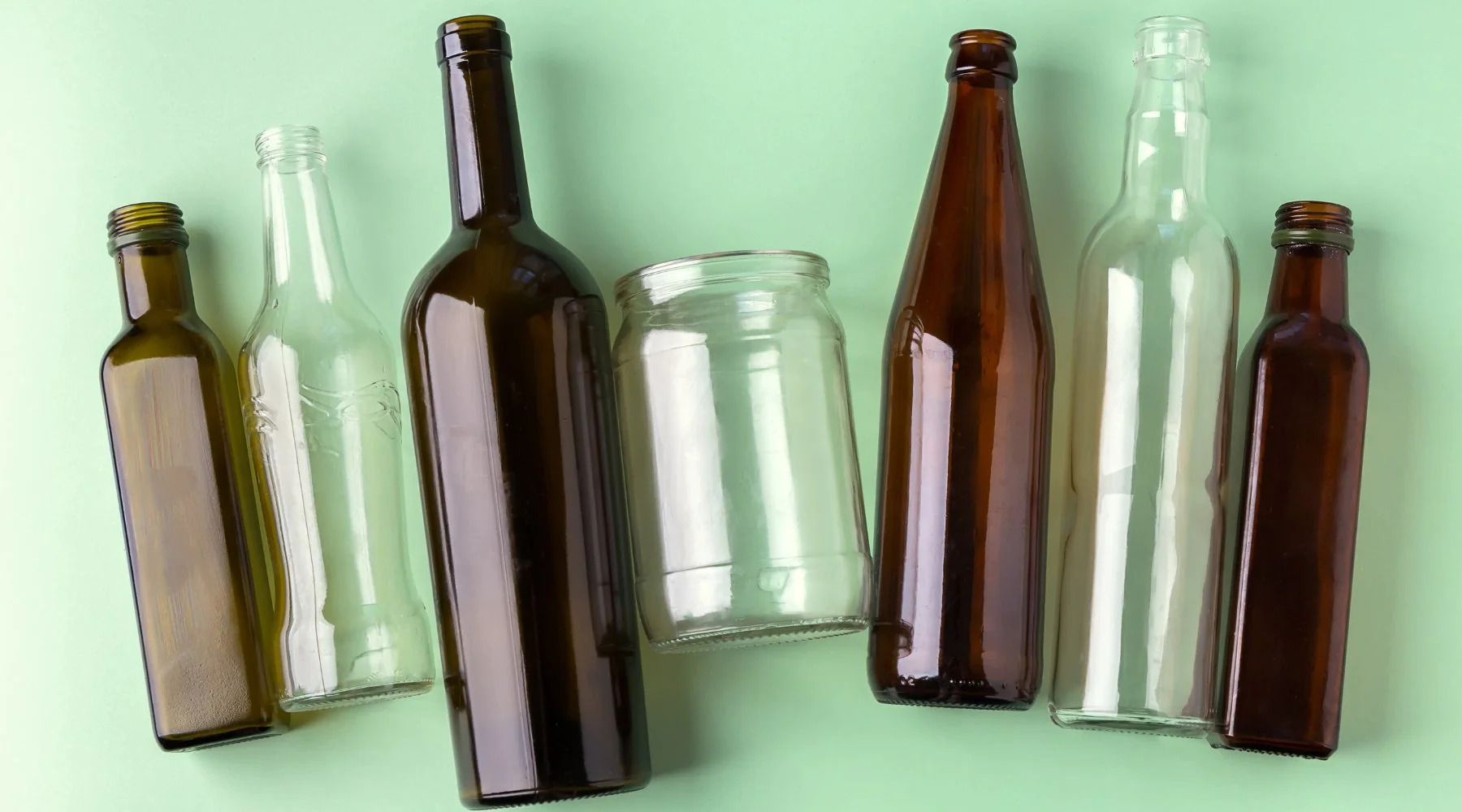


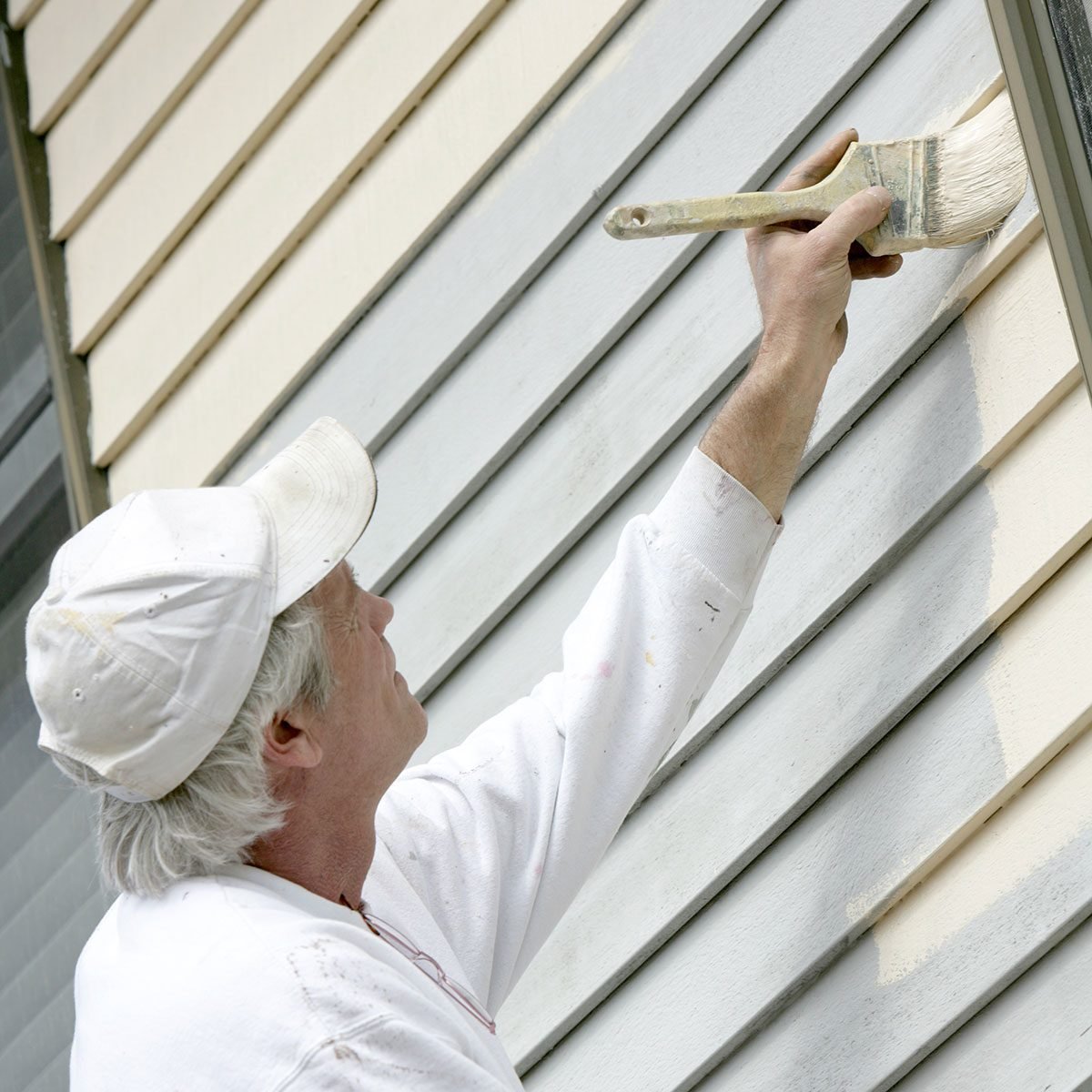
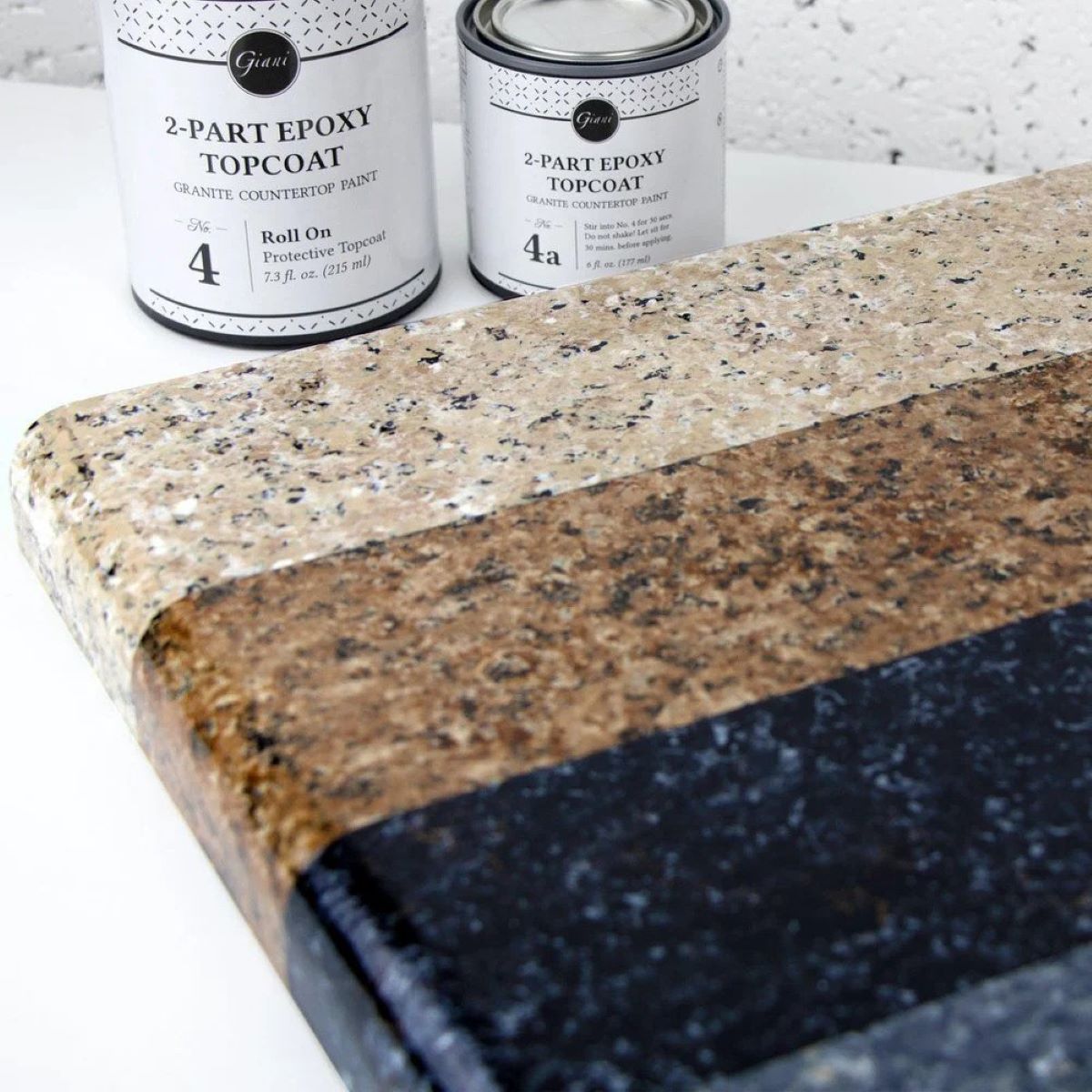
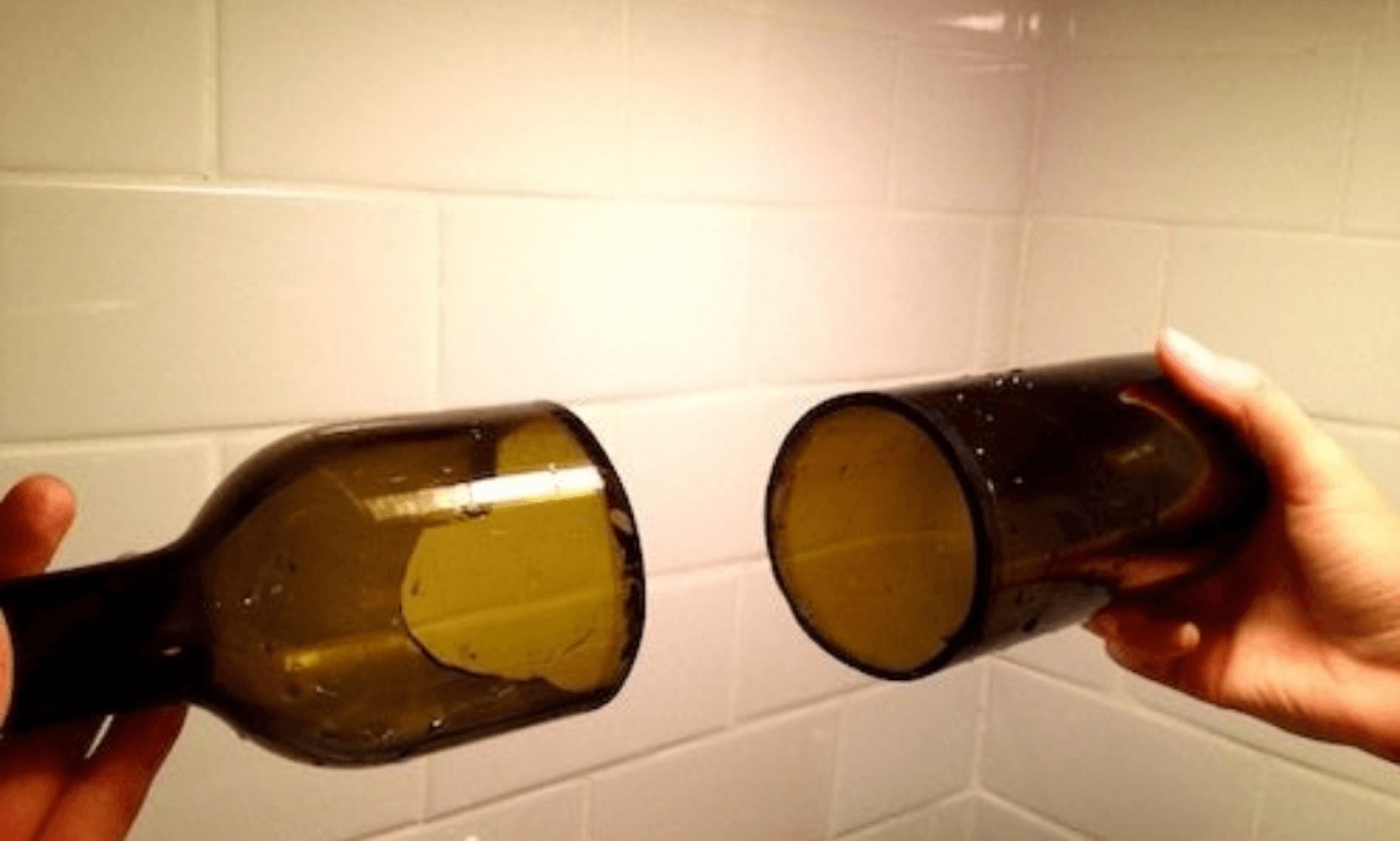
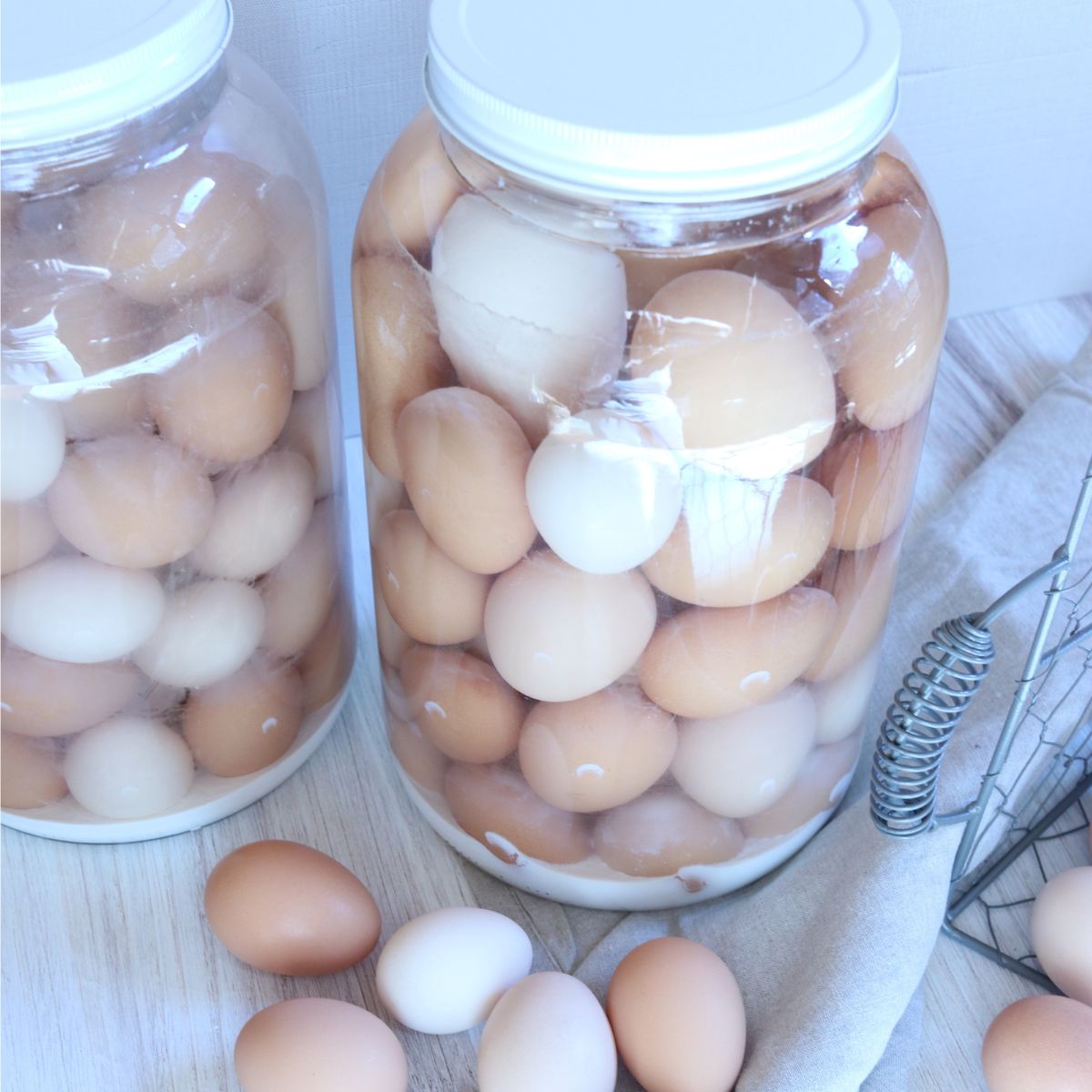
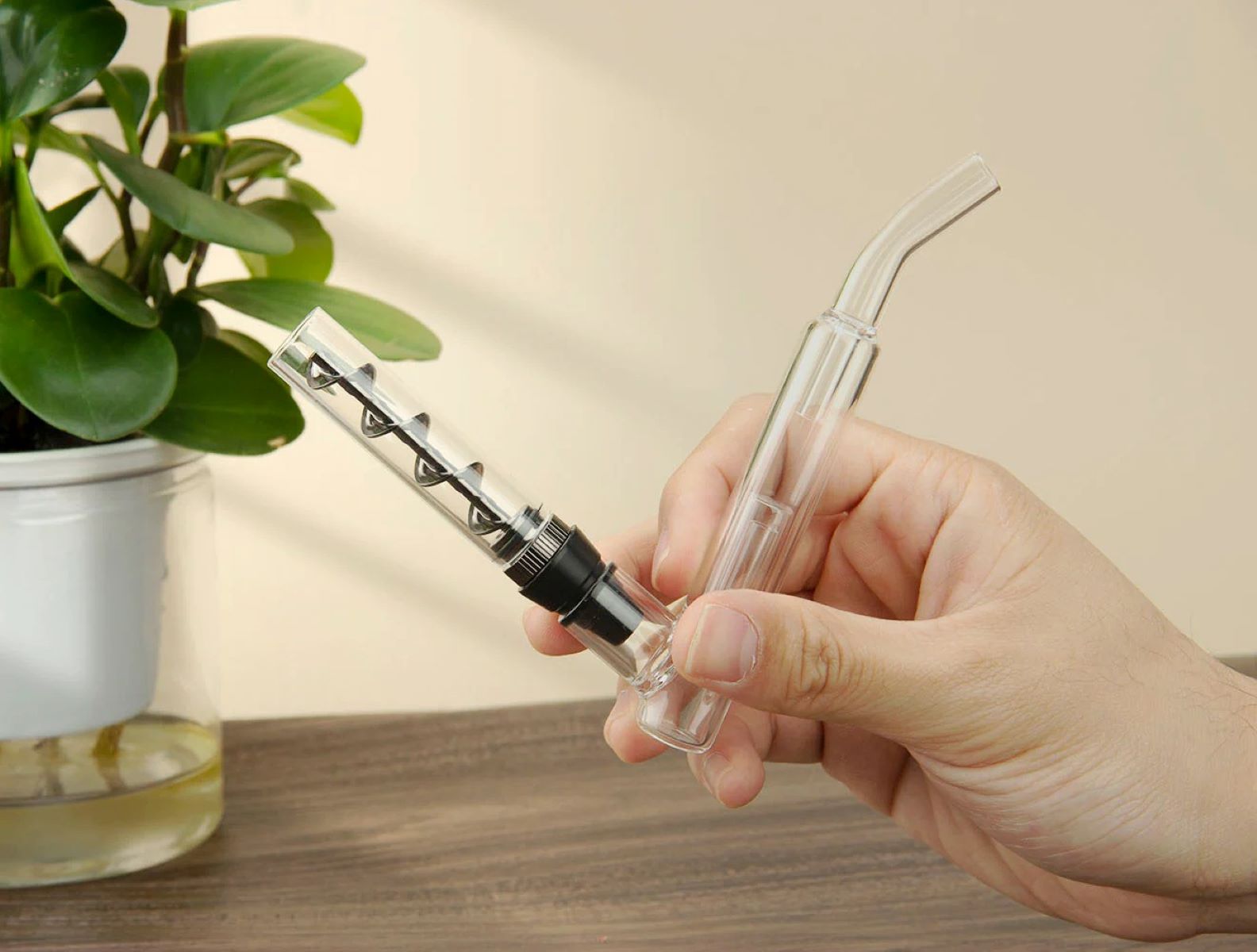
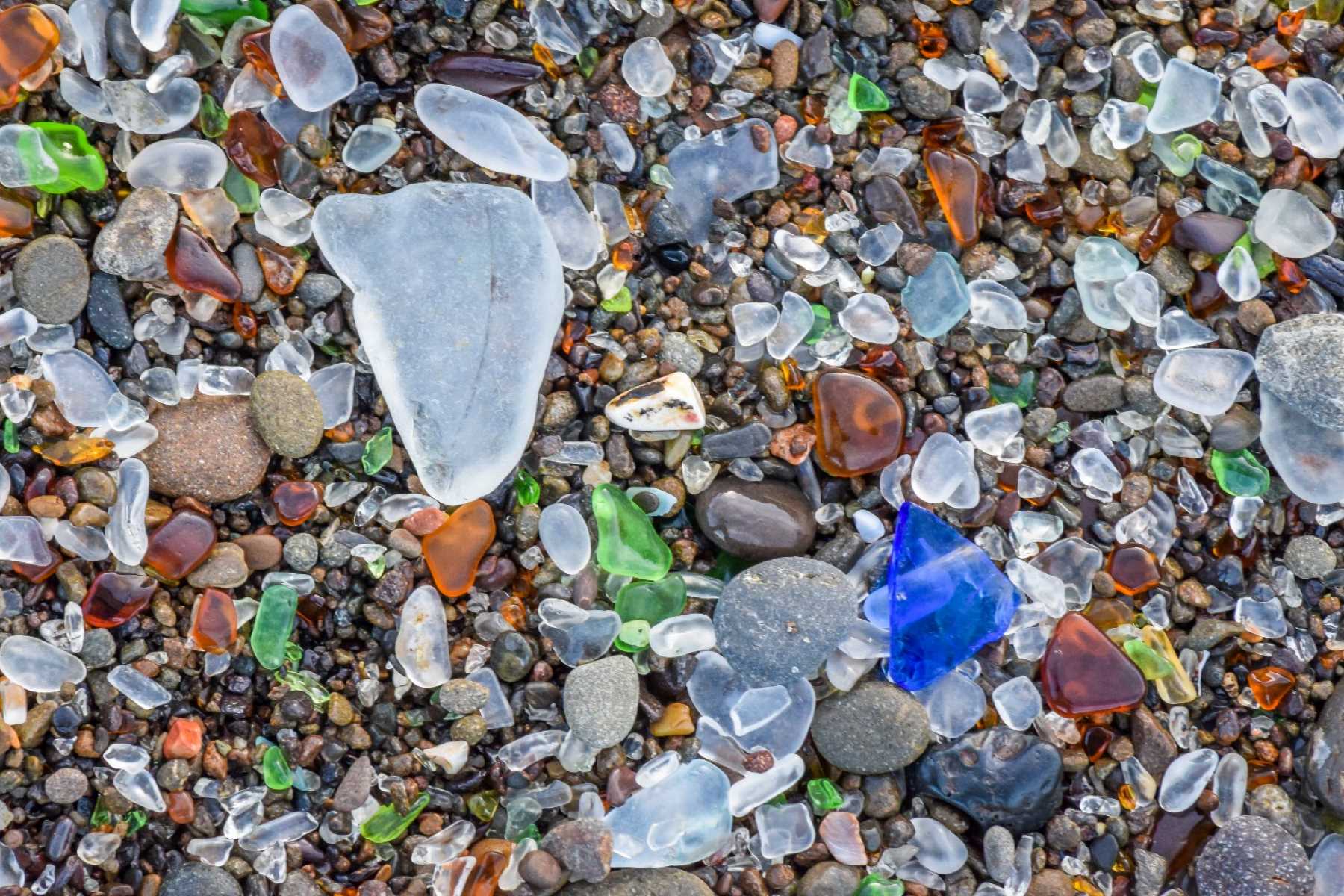
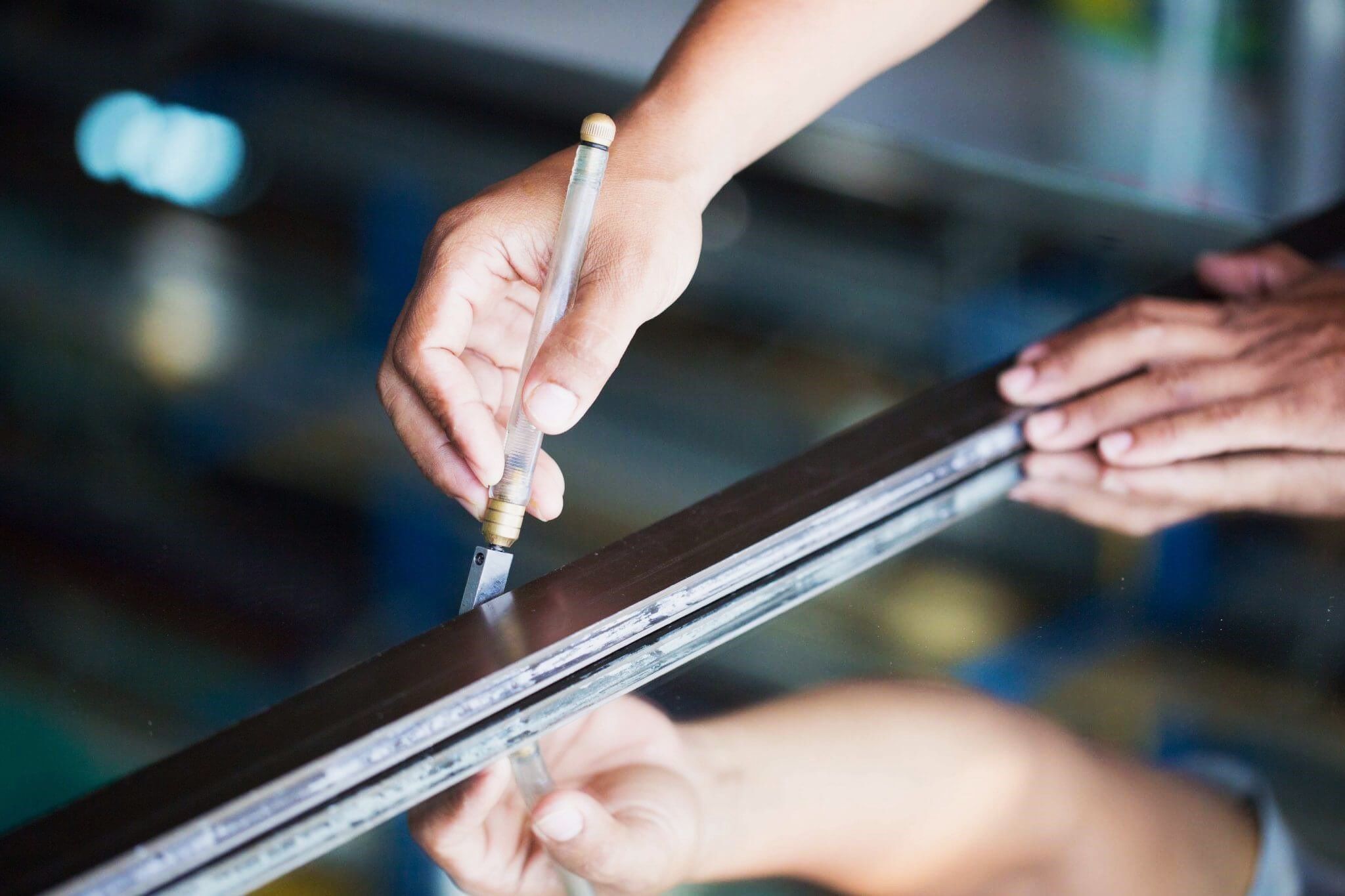
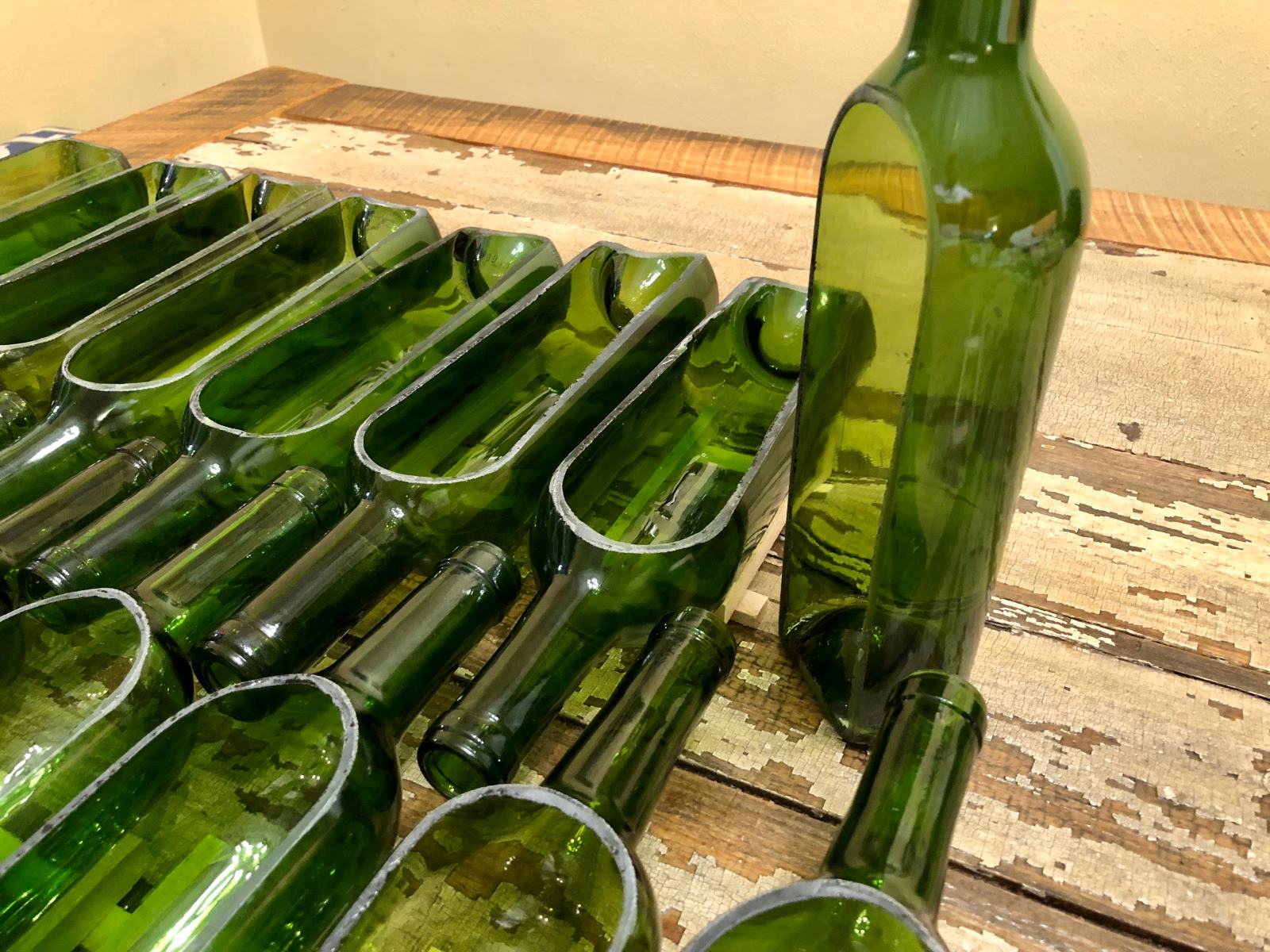
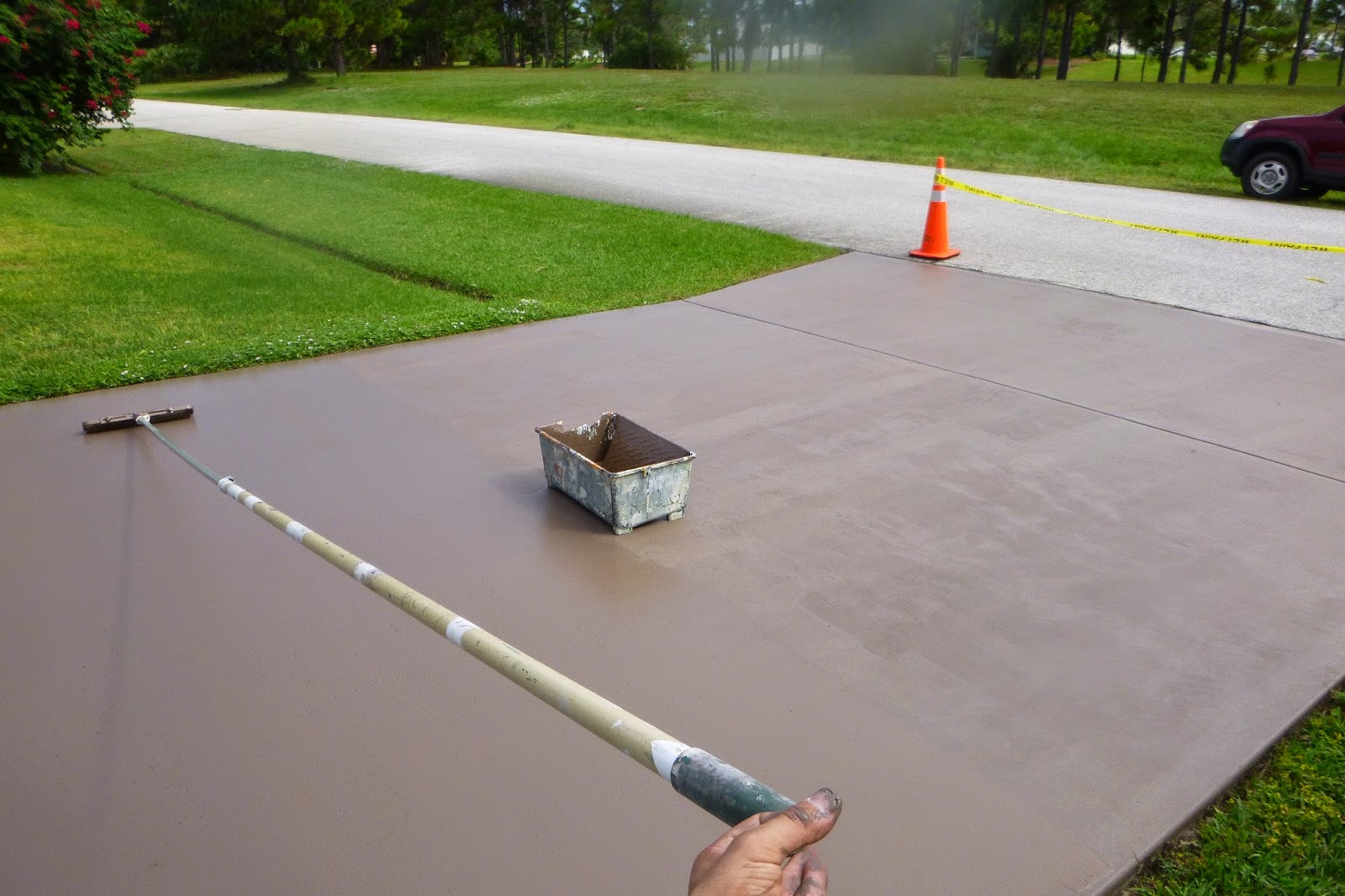

0 thoughts on “How Do You Paint Glass”